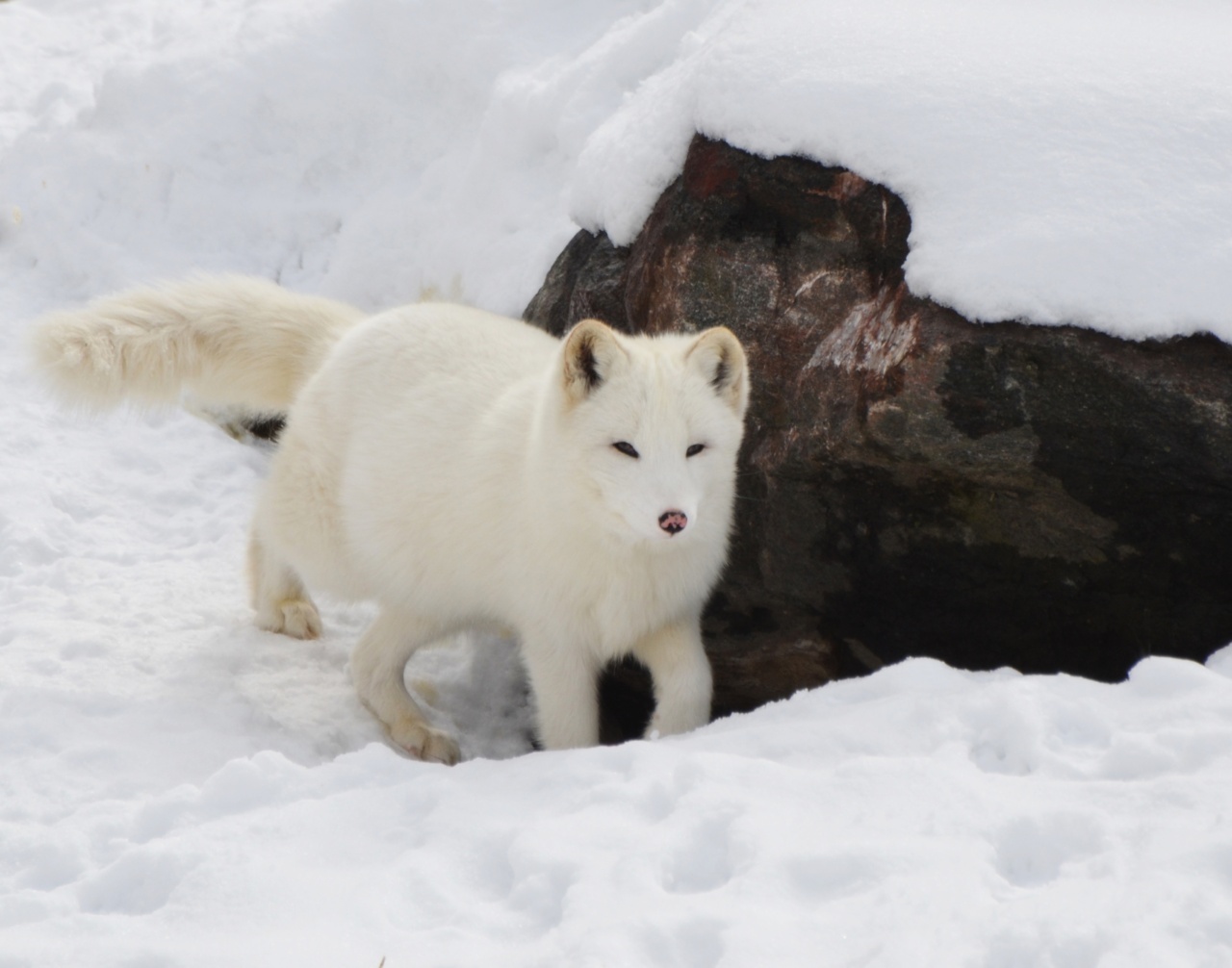It’s no secret that humans have been selectively breeding dogs for thousands of years. Whether it’s creating a specific breed for hunting, tracking, or just as a loyal companion, there are now over 300 recognized dog breeds in the world.
However, one breed that is less well-known but just as interesting is the Saarloos Wolfdog, also known as the Saarloos Wolfhond. This breed is unique in that it was created by breeding a wolf with a German shepherd in the early 20th century, but it’s not for everyone – it’s a wolf in dog’s clothing.
History of the Saarloos Wolfhond
The Saarloos Wolfdog was created in the Netherlands in the early 20th century by a man named Leendert Saarloos, who was a breeder of German Shepherds.
Saarloos believed that dogs had become too domesticated and that by crossing them with wolves, he could create a more robust and loyal breed. He began his breeding program by crossing a male German Shepherd with a female European wolf, and after several generations of breeding, he was able to create the Saarloos Wolfdog.
Physical Characteristics
The Saarloos Wolfdog looks similar to a wolf, with a muscular, athletic build, and a thick, dense coat. Their average height is around 25 to 30 inches, and their weight ranges from 75 to 90 pounds.
They have a broad, wolf-like head with a strong jaw, pointy ears, almond-shaped eyes, and a long, bushy tail.
Temperament
It’s important to note that the Saarloos Wolfdog is not a breed for everyone. While they are loyal and affectionate with their family members, they can be extremely wary and aloof with strangers.
They are not a breed that is naturally submissive, and they can be quite dominant and protective of their owners. This makes them challenging to train, and they require an experienced and firm owner who can establish themselves as the alpha.
In addition to their skeptical demeanor, Saarloos Wolfhounds are also well-known for their strong prey drive. They have a hunting instinct that can be difficult to control, and they are not a breed that can be trusted off-leash.
They are happiest when they get plenty of exercise and playtime and thrive in an environment where they have plenty of space to run and explore.
Health Concerns
Like most dog breeds, the Saarloos Wolfdog is prone to certain health issues, such as hip dysplasia, which is a condition where the hip joint fails to develop correctly.
They are also prone to a condition called spinal cord degeneration, which is a degenerative disease that affects the spinal cord. Other health concerns that have been reported in this breed include allergies, eye problems, and skin issues.
Training and Exercise
Training a Saarloos Wolfdog can be challenging due to their naturally dominant and skeptical nature. They require a firm, consistent, and experienced owner who can establish themselves as the pack leader.
Positive reinforcement training methods are recommended, and early socialization is crucial to ensure that they are comfortable around other people and animals.
In terms of exercise, Saarloos Wolfhounds are incredibly active and need plenty of physical activity. They should have access to a large, secure yard where they can run and play, and they enjoy activities such as hiking, running, and swimming.
They are not a breed that thrives in an apartment or urban environment, and they are happier in a rural setting with plenty of space to run and explore.
Conclusion
In conclusion, the Saarloos Wolfdog may be a wolf in dog’s clothing, but they are not a breed that is suitable for everyone.
They require an experienced and firm owner who can establish themselves as the pack leader and provide them with plenty of exercise and mental stimulation. They are loyal and affectionate with their family members, but they can be aloof and skeptical with strangers. Overall, if you are an experienced dog owner with a love of the great outdoors, a Saarloos Wolfdog may be the perfect breed for you.






























